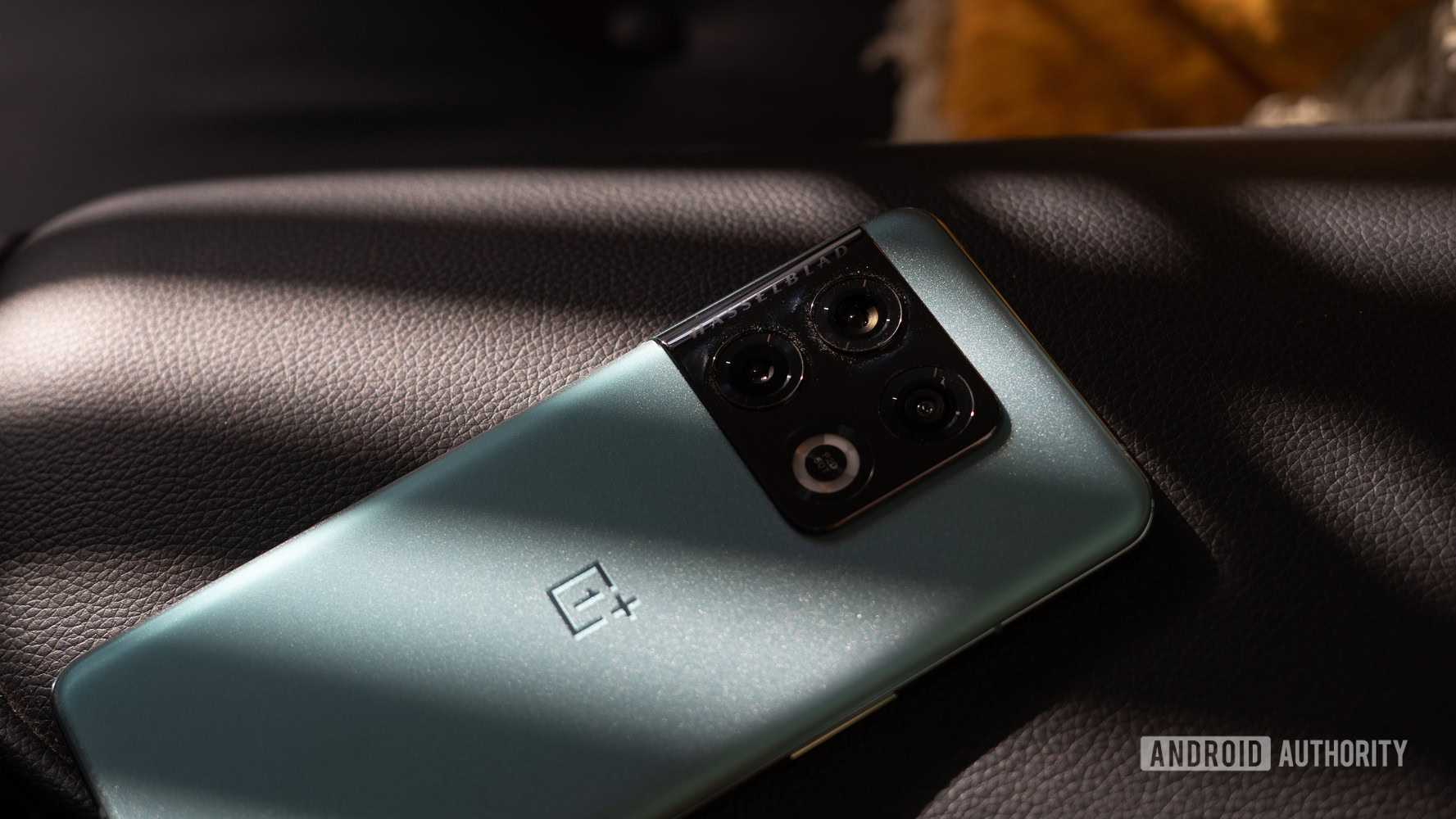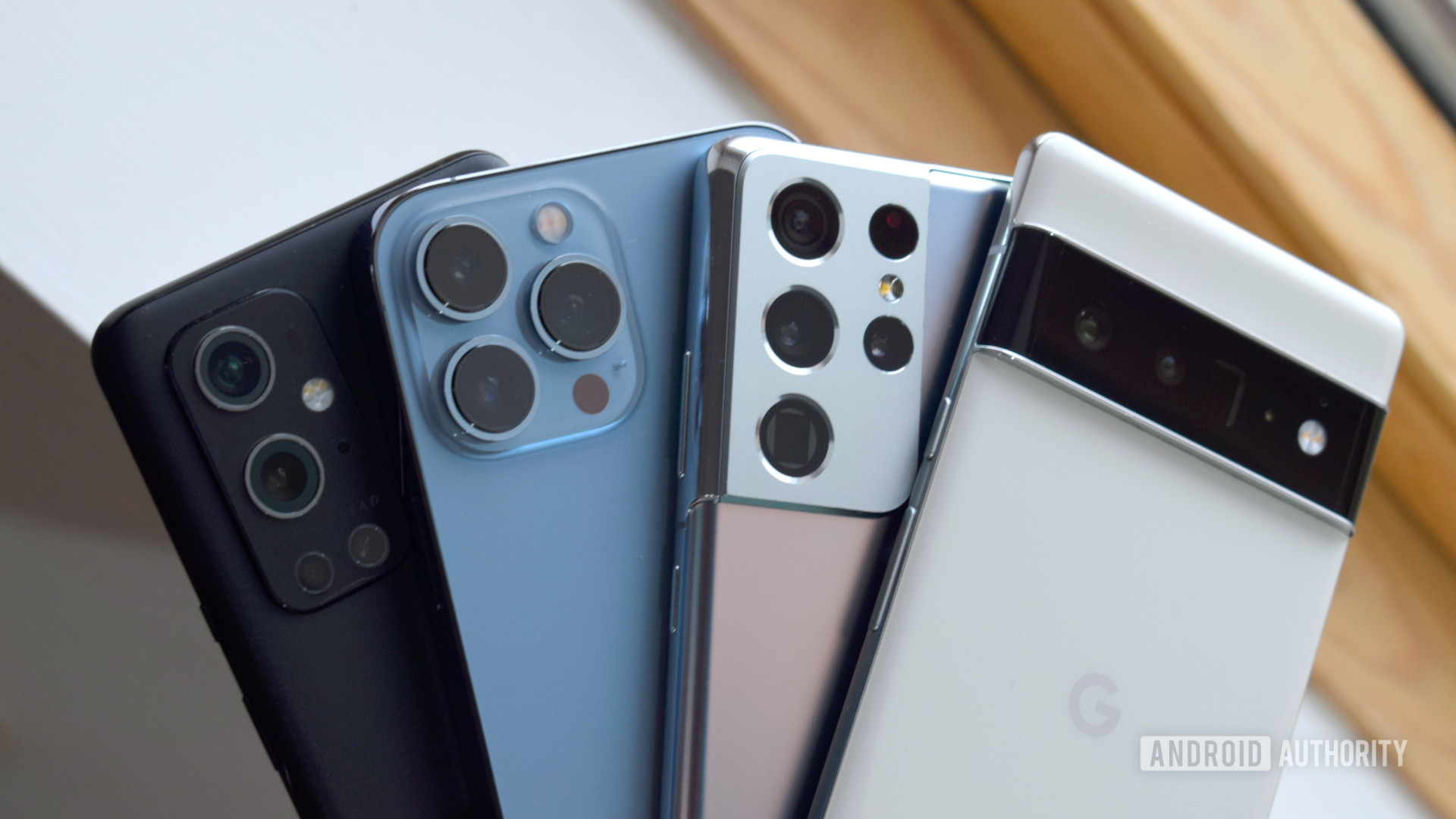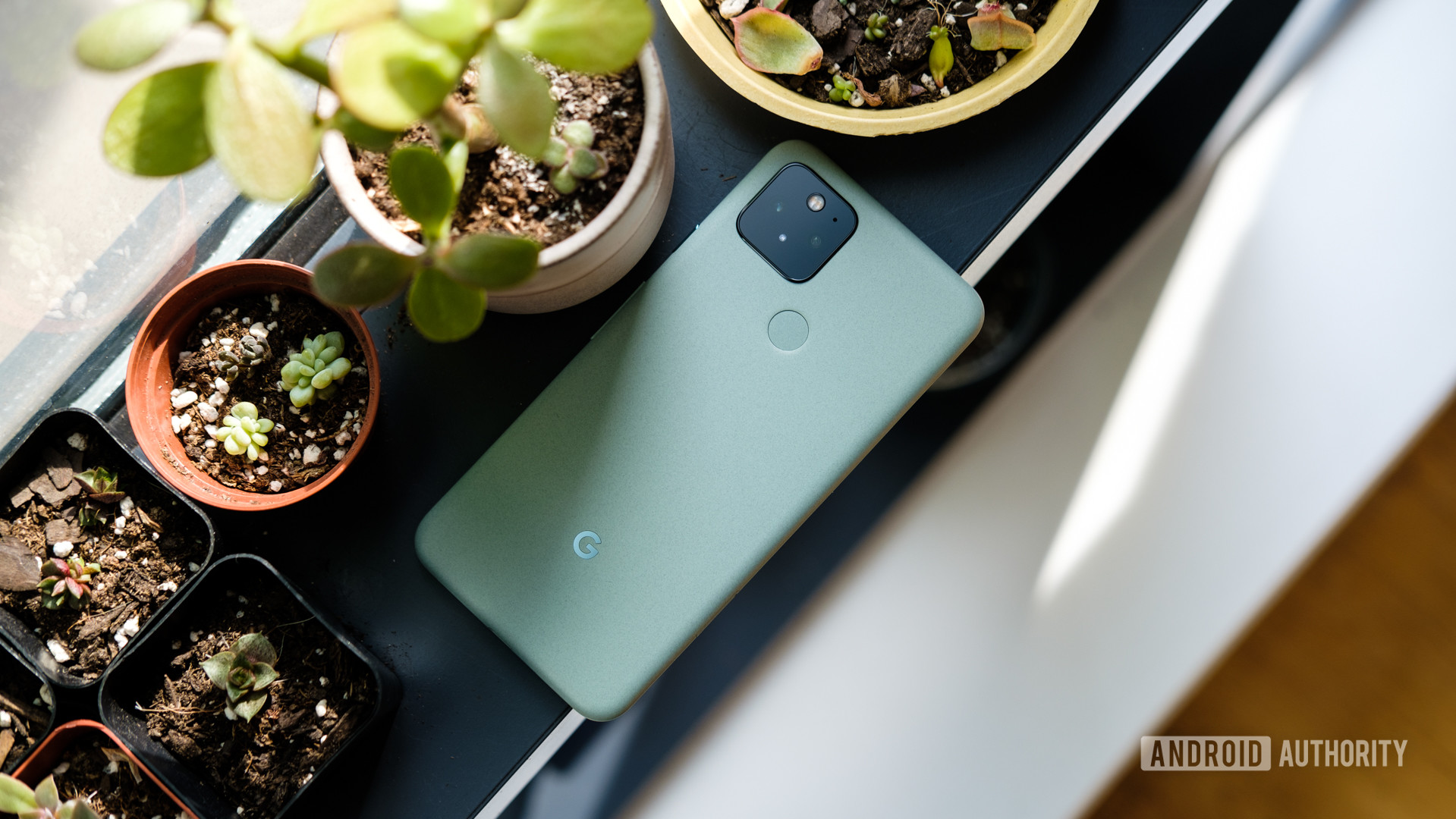Affiliate links on Android Authority may earn us a commission. Learn more.
It's time for phones to embrace fun materials again

A while back, we asked you about your favorite phone materials. You responded with a familiar slate of glass, plastic, and metal options, but there were a few answers that hit just the right note of nostalgia. Praise for the Pleather of the Galaxy Note 4 and the wood of the Moto X got me thinking about how much fun phone materials used to be. If fashion can make a comeback every few years (or maybe decades), why can’t phone designs?
Nostalgia isn’t new: We missed the Moto X five years ago
Stale (glass) sandwiches

One material has come to dominate phones — or at least premium phones — more than any other in recent years. Glass has become the go-to, and we’re itching to complain when a phone skips the latest Gorilla Glass. It’s durable, it’s efficient in terms of wireless charging, and it comes in plenty of colors. For a while, it was fashionable to make the move to a glass flagship phone.
However, glass phones seem to end up in one of two categories: glossy and slicker than an eel in a grease factory, or satin and ready for a 300-slide Powerpoint in a boardroom. The Google Pixel 6 falls into one camp (slippery), while the Samsung Galaxy S22 series falls into the other (business class). Both are among our favorite phones and they’re well-built, but once you’ve seen one fancy glass panel, you’ve seen almost all of them.
Phone materials are often either buttoned-up and ready for the boardroom or slick as an eel in a grease factory.
There are, of course, a few exceptions to the glass ceiling — take OnePlus, for example. The OnePlus 10 Pro offers a Gorilla Glass back panel, but it’s neither glossy nor satin. Instead, it feels almost sandblasted. It’s still glass, but it flirts with texture just enough to feel unique in hand. The texture is a small victory, but a good reminder of the ghosts of OnePlus past. It’s hard to forget the original sandstone, wood, and bamboo StyleSwap covers from the OnePlus One (pictured below).
Maybe OnePlus is the best example of OEMs still trying to have fun while living in a glass box. After all, the Nord 2 Pac-Man edition was a reminder that collaborations don’t always have to be buttoned-up and professional. That special Nord 2 features a back panel that, although satin, pays homage to the classic arcade title in a clean and simple way.
Want a glass sandwich? The best Android phones you can buy
Living in a material world

There is any number of reasons for OEMs to choose glass as their preferred material, as established above. It’s tough and it often looks quite good. In this scene, glass phones are Richard Hammond’s Ford, but I’d much prefer something like Jeremy Clarkson’s Volkswagen — something like a Pixel 5, if you will.
The Google Pixel 5 is a perfect example of how to ditch glass and make a phone that people — or at least some people — love. Google went with an aluminum build, but it didn’t have to sacrifice wireless charging in favor of style. Instead, the engineering team cut a hole in the otherwise metal body to let the charging coil bump right up against the bioresin coating. That bioresin coating felt (and looked) altogether different from glass, too. It wasn’t slippery, but it wasn’t rough, either. It also doesn’t hurt that Sorta Sage might have been my favorite color on a smartphone ever.
Imagine it — a Pixel 6 with Pixel 5 materials.
If I had it my way, I’d convince the minds at Google to merge the designs of the Pixel 5 and Pixel 6 into one. Ditch the glass, embrace the camera bar, and bring back aluminum and bioresin. If Google can make a metal phone play nicely with wireless charging, why can’t we bring back other fun materials? As The Six Million Dollar Man would put it, “We have the technology.”
Maybe I’m alone on this one. Maybe leather and wood have resigned themselves to phone cases for a reason. I’m certainly not recommending that anyone repeat what Microsoft did with its Sonic the Hedgehog controllers. But maybe, if for no other reason than an alternative to glass, it’s worth trying again. For old times’ sake.